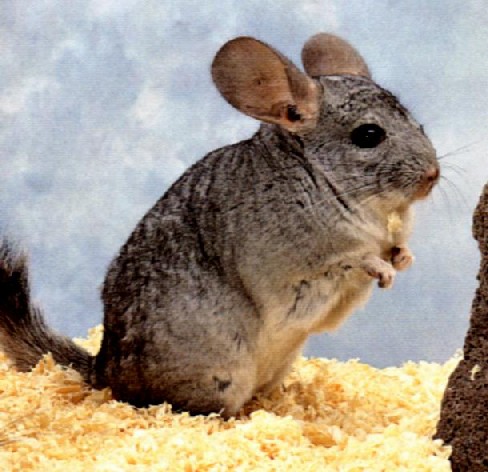How to Breed Chinchillas at Home

Chinchillas are South American rodents that are slightly bigger in size than a squirrel. Currently they are mainly found in Chile and reside at high altitudes. The name Chinchillas has a literal meaning of little Chincha. A Chincha are the people who lived in the Andes.
The animal has an extremely soft fur and therefore has a great demand for fur coats. Unfortunately there has been a serious danger to the chinchillas as they have been used for coats without mercy by the industry. One fur coat may require up to 150 chinchillas as they have a small size.
The chinchillas can be kept as pets and can be fun to have around. In order to breed them and have many of them at the same time, a certain pattern must be followed to achieve success.
Instructions
-
1
Introduction to Each Other
The female chinchilla, also known as the doe must be at least eight months old and ideally have a weight of 600 grams at the time of conception. The male chinchilla, known as the buck should not be younger than six months. Introduce the two by keeping them in separate cages right next to each other as they can sniff and get acquainted with each other. -
2
Place Them Together
The next step is to place them together in the same cage after some time. Make sure that they are placed in an area where natural cycle of light, that is day light and darkness at night are available. They will not mate if there is always presence of light or if it is always dark. -
3
Mating
When the chinchillas have mated, the doe will have a waxy plug that holds the semen in her body. This does not mean that the doe has become pregnant. Do keep an eye on the doe for the next few weeks as it does take some time for it to show it is pregnant. -
4
Birth
The period before the birth is given is 111 days. Make sure that you move the buck to a separate cage before the birth. The do can get pregnant soon after giving birth and this can cause her to have bad health and can even die. Keeping them separate will also allow the newborns and the buck to get acquainted with each other. -
5
Make Changes
Make sure that you make changes for the newborns so that they have ample chances of survival. Have the cage covered and put a carpet underneath to make sure that they have a good temperature available. They should soon be healthy enough to be able to move around.







